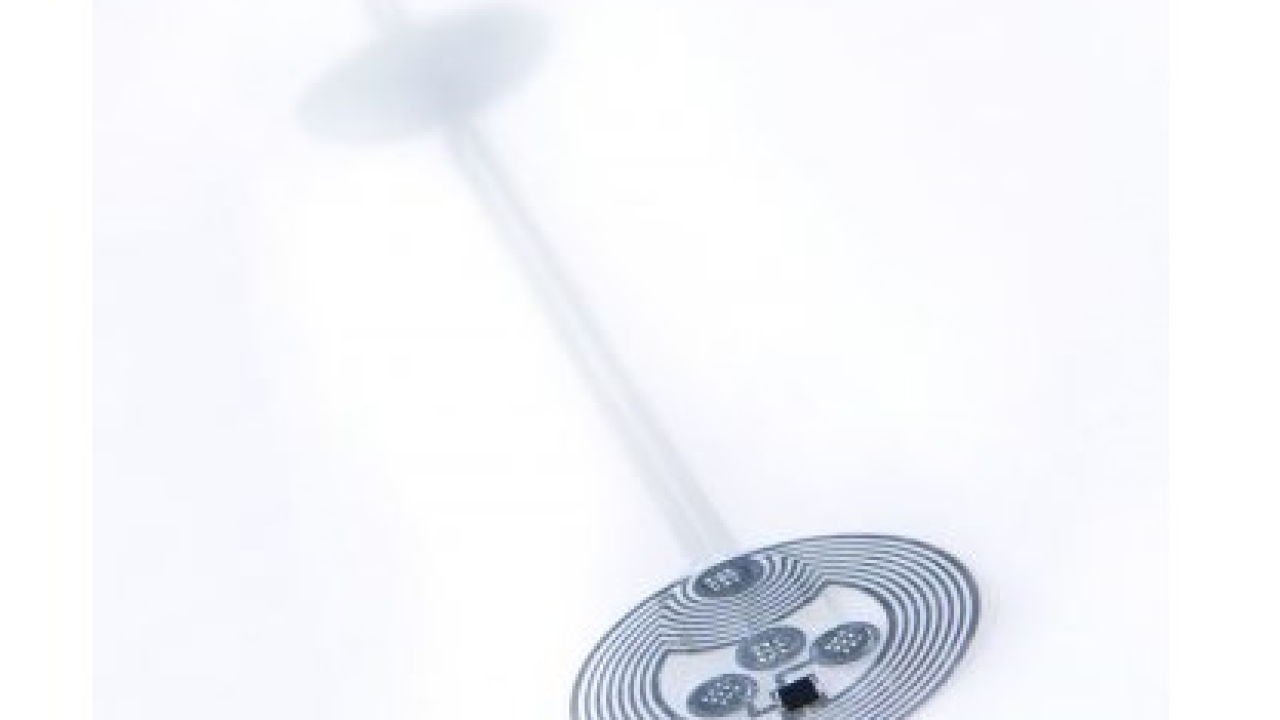Connected packaging and labels

Up to now, high unit cost per device has been the principle barrier to wider rollout of radio/electronic inlays like NFC and UHF for on-board, item level labels and packaging applications.
While lower cost printed technologies such as barcodes, QR codes and digital watermarks can also be interesting as ‘gateway’ devices to the internet, the potential benefits offered with radio/electronic devices are substantially more far reaching.
Although the concept is not entirely new, cost effectiveness is now set to become a realistic prospect and a major tipping point in overall viability is fast approaching.
There are several reasons for this change of outlook, and our new report foresees the opening of a Pandora’s box of multiple value-added functionalities and benefits for brand owners. These include:
• The reality of lower unit cost inlays – by an order of magnitude – due to the commercialization of plastic electronics for on-label/pack radio/electronic inlays.
• The commercialization of dual frequency ‘combi’ inlays (NFC + UHF), which enable inlays to be read at both short and long range, dramatically increasing the functionalities of a single on-label device. Such inlays will need to be readable by smart phones as well as dedicated mobile readers and tunnel readers.
• The emergence of the Internet of
Things (IoT) for labels and packaging
• Greatly increasing sales volumes of
connected devices will further drive down unit costs.
Within the next 5-10 years it should be possible to achieve with a single on-label device, each with a unique ID, the following types of functionality:
• The Retail Internet of Things (IoT)
• Mobile marketing and consumer engagement on a number of levels
• Track & Trace/ePedigree – for example the EU Falsified Medicines Directive and other legislation worldwide
• Retail inventory management/stock control
• Brand protection/product authentication
• Tamper evidence
• EAS – anti-theft
• Product quality assurance by sensing changes that take place to or around the packaged product, such as time/temperature, moisture content and gas ingress/egress
• Location based data based around GPS
More functions and applications will be underpinned by the power of Big Data Analytics.
Multiple functionalities will bring multiple benefits for brand owners based on a single on-label/on-pack device, and this will be the cornerstone for a multi-billion dollar opportunity for:
• Solution providers (RFID inlay makers, as well as hardware and software developers)
• Packaging and label industries
Early adopter vertical markets are likely to include alcoholic drinks, pharma and healthcare, luxury and beauty, tobacco and food.
And as the unit costs comes down, additional vertical markets in branded consumer packaged products will become economically viable for radio/electronics devices – particularly where consumer marketing activity may be desirable, for example in the apparel and footwear, toys and gadgets, sporting equipment and memorabilia segments. Another driver is addition of useful information, such as the electronics components, printer cartridges and copier toners, automotive aftermarket, household cleaning products and agro-chemicals sectors.
A mix of ‘long range’ and short ‘range’ capabilities is required to achieve the various different functionalities. One approach is the dual frequency ‘Combi’ type devices that can handle both:
• Short range (1 to 4 cm – well suited for consumer engagement type applications)
• Long range readability (1 meter plus – well suited for stock control applications).
The key now will be the full recognition by brand owners of the breadth of benefits offered by all this new and enhanced multi-functionality available.
This opinion article featured in the L&L Yearbook 2017, which is avalable to read online here
Stay up to date
Subscribe to the free Label News newsletter and receive the latest content every week. We'll never share your email address.

